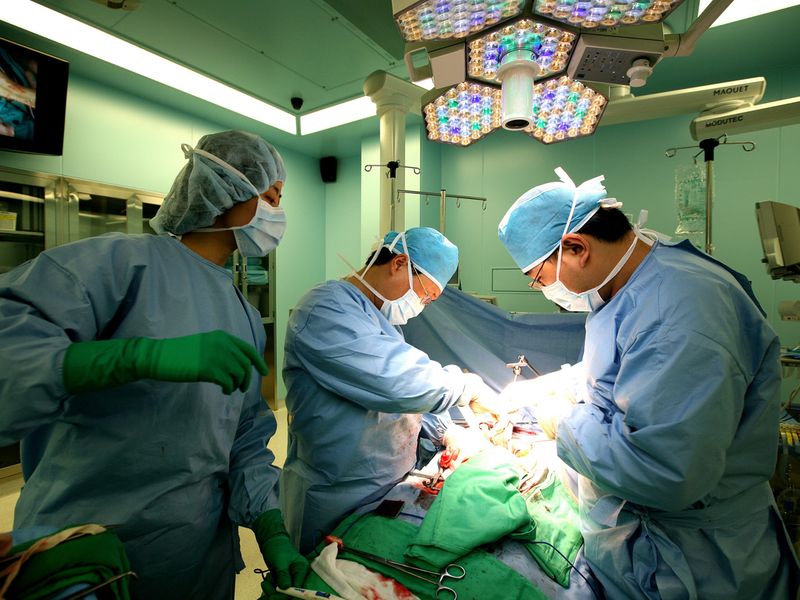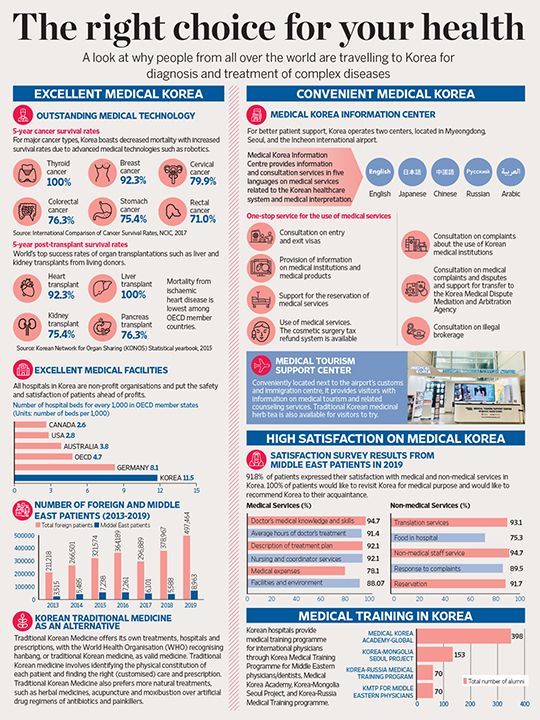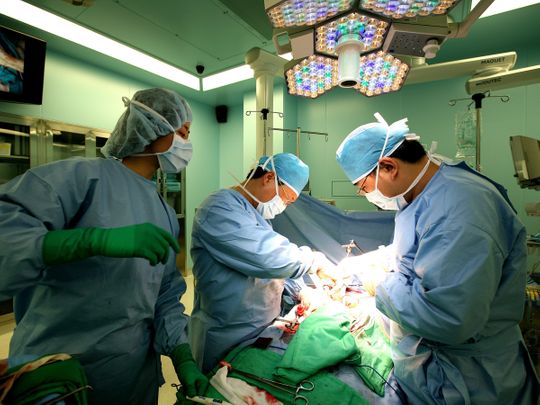Medical tourism is one of the biggest success stories of the general growth in the globalisation of healthcare. Cost plays an important role, but there are other key aspects that are putting destinations high on patients’ list – not least quality of experience.
In this regard one country is on a fast, upward trajectory – Korea. An abundant medical infrastructure, top notch hospitals with state-of the art equipment backed by the country’s world leading IT systems, experienced medical personnel, the accreditation of medical facilities – as well as attractive pricing – are combining to give the Asian country an undeniable edge.
There is a welcoming approach to outsiders too, with several centres in key Korean cities being created especially for the medical tourist with multi-lingual staff and a service that includes travel, accommodation, and packages at the finest resorts.
There is also the appeal of traditional Korean medicine which offers its own treatments, hospitals, and prescriptions – with the World Health Organisation (WHO) recognising the country’s ‘hanbang’ as valid. Traditional Korean medicine involves identifying the physical constitution of each patient and finding the right customised care and prescription. It also prefers more natural treatments, such as herbal medicines, acupuncture and moxibustion over artificial drug regimens of antibiotics and painkillers.

Image Credit: Supplied
On top of this, Korean health facilities are improving all the time as the government pumps significant investment into the sector. This is not only funding worldwide publicity, but also providing dozens of cutting-edge new facilities, some even more advanced than the US or Western Europe – and hundreds of top-class surgeons are being trained and recruited.
The statistics certainly show the direction things are headed, with the number of foreign patients increasing from 296,889 in 2015 to 497,464 in 2019. Last year, 8,983 patients came from the Middle East and 4,089 from the UAE, accounting for 45.6 per cent.
Although research on cost comparison to western rivals is limited, Korea tends to have cost advantages compared to the US, for example.

Image Credit: Supplied
According to an article published in Health Communication in 2015, twelve major surgeries, including heart bypass, angioplasty, and heart valve replacement, are offered at a price two to eight times lower than in America. As an example, it shows heart by-pass costs US $28,900 (Dh106,135) in Korea, which is five times cheaper than $144,000 in the US.
Crucially, lower costs are not associated with poor health outcomes in Korea. As of 2019, five-year survival rates for organ transplant and cancer appeared 82.7 per cent and 70.6 per cent respectively, which are almost like those in the US.
An impressive picture is painted by the results of a 2019 Satisfaction Survey of Middle East patients with medical and non-medical services in Korea which showed a whopping 91.8 per cent expressed their satisfaction – while 100 per cent of patients would like to revisit Korea for medical purpose and would like to recommend Korea to their acquaintance.
An important backer in Korea’s global medical rise to prominence is the Korea Health Industry Development Institute (KHIDI), a government-affiliated institution which supports the enhancement of international competitiveness in the health industry.
Since its start of operations in Abu Dhabi in 2012, KHIDI has attracted foreign patients and supported the overseas expansion of Korean medical institutions by establishing links with local government authorities and organisations in the Middle East and Africa.
“The key areas of cooperation in health between the UAE and Korea can be medical tourism, hospital operation, and provision of medical devices,” explained Deok-cheol Kwon, President, KHIDI.
“These include treatment of government-funded patients, the consignment operation of Sheikh Khalifa Specialty Hospital (SKSH), and cooperation in K-prevention such as emergency provision of Korean diagnostic kits and clinical virus transport medium (CTM).”
The key areas of cooperation in health between the UAE and Korea can be medical tourism, hospital operation, and provision of medical devices.
KHIDI signed contracts in medical services with the Department of Health Abu Dhabi (DOH) in 2011 and the UAE Armed Forces in 2013. Until the end of 2019, 5,451 government-funded UAE patients visited Korea for medical treatments, based on those contracts. The number of government-funded patients recorded was the second highest, following the US. Annually about 1,000 government-funded patients from the UAE visit Korean medical facilities.
Bilateral cooperation in healthcare between Korea and the UAE continues to strengthen.
In order to promote the excellence of Korean medicine for the treatment of patients with severe diseases such as cancer, transplantation and musculoskeletal disorders, KHIDI has been holding academic conferences in conjunction with local UAE authorities and medical associations.
“These efforts have contributed to facilitating the exchange of medical professionals as well,” added Deok-cheol Kwon.
“In addition, to take good care of government-funded patients, KHIDI has provided as much support as possible, so that hospitals can offer Muslim prayer rooms, halal food, and Korean Arabic translation.”
For more information on Korean healthcare facilities, visit Khidi.or.kr



